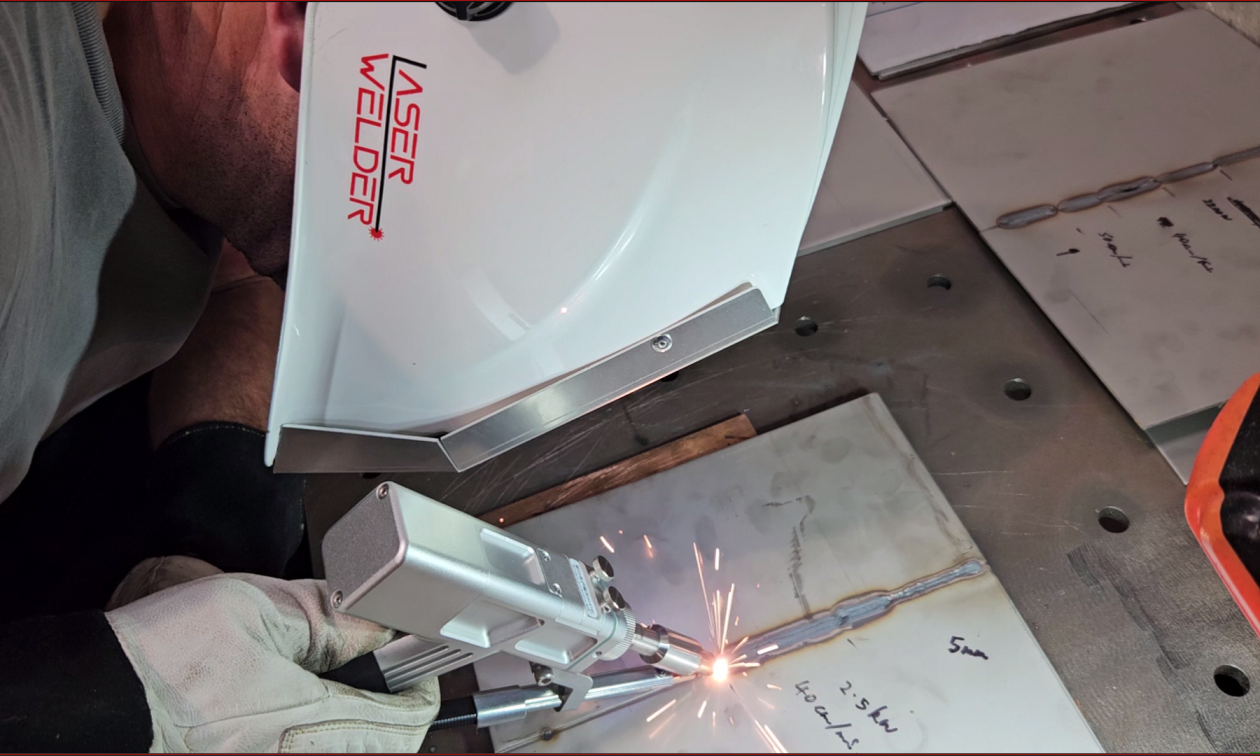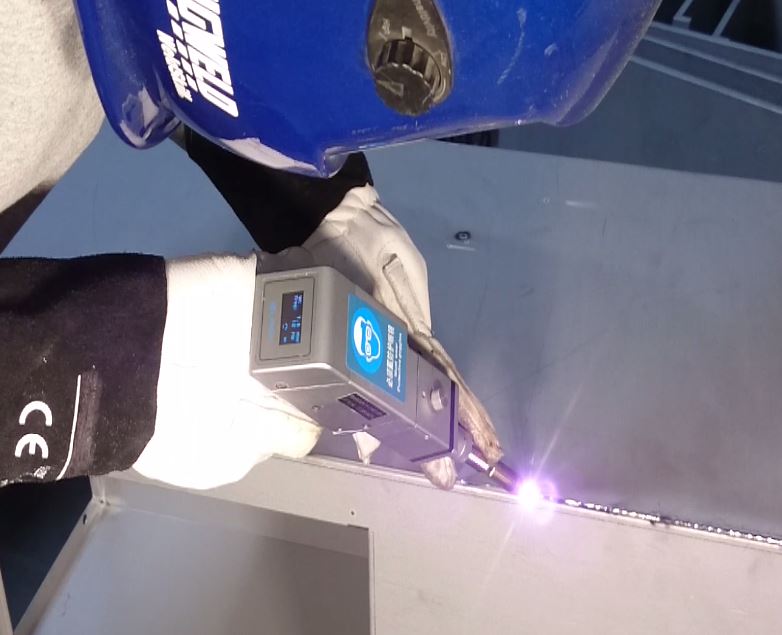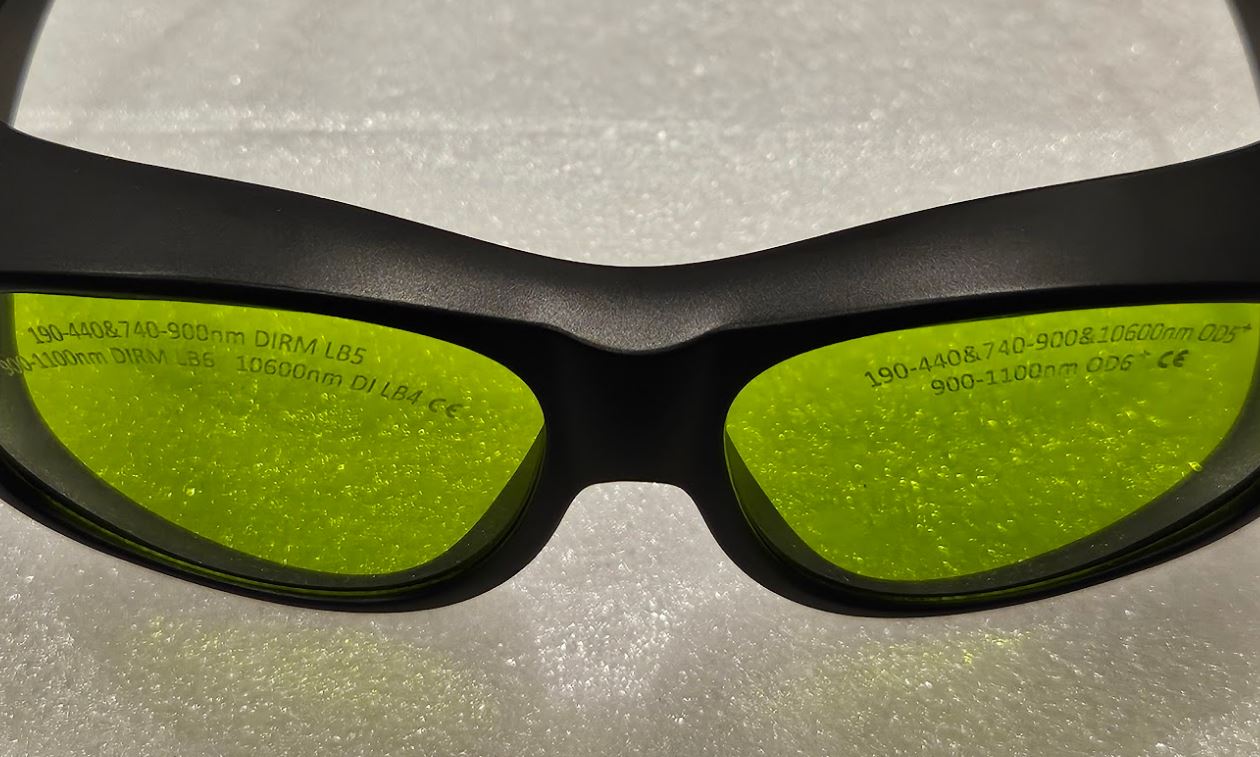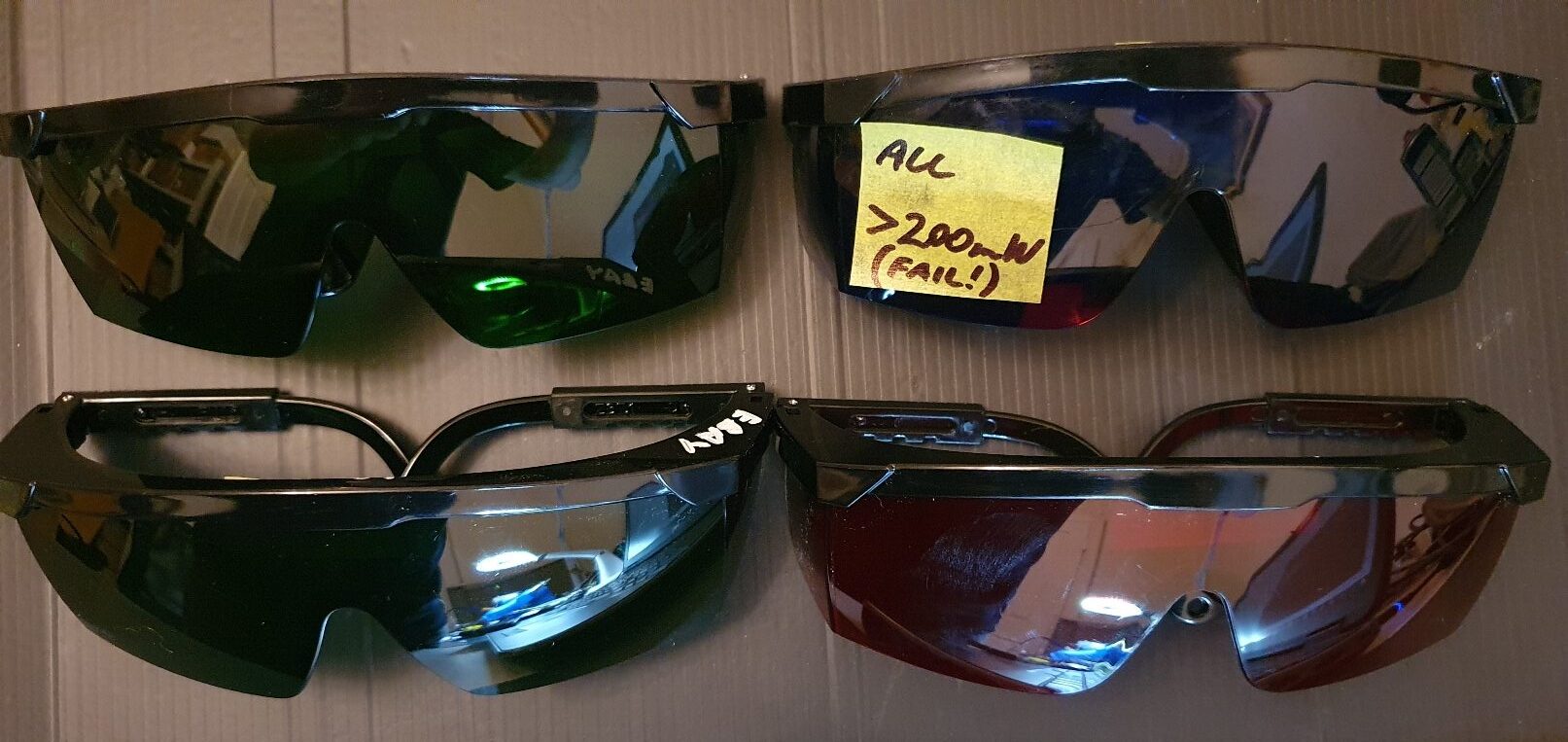Laser safety in Australia is regulated by
AS-60825, “Safety of laser products”
As stated in AS-60825, hand held laser welders and cleaners are class 4 devices, meaning exposure to them can cause eye and skin damage. They can also start fires close to the laser handpiece where the intensity is high. DESPITE the videos you may see of people using them without eye protection, lasers MUST be treated with respect and the proper precautions must be taken. This is especially true because the laser light is invisible, so there is zero warning that laser light is present. Our laser welders focus the beam at the welding zone, and the beam then diverges, becoming less intense as it moves away from the welding handpiece.
Firstly we should explain where the legal requirements come from. From an Australian federal legislative framework and legal perspective Safe Work Australia (safeworkaustralia.gov.au) is the government body for workplace safety.
In addition, State Legislation is usually found in the published rules of each State Government’s OH&S (occupational health and safety) department. These rules require the company or owner to create a safe environment and avoid workers being exposed to injury.
Safe Work Australia prohibits Class 4 (and Class 3b) lasers for building and construction, because the environment is not controlled. However for detailed laser safety requirements, Safe Work Australian directs us to another government body, ARPANSA (Australian Radiation Protection and Nuclear Safety Association). As of 5 July 2024, ARPANSA says “Lasers are classified according to the hazard associated with their emissions, as defined in the Australian/New Zealand Standard AS/NZS IEC 60825.1:2014 Safety of Laser Products Part 1: Equipment classification and requirements, AS/NZS IEC 60825.14:2011 Safety of Laser Products Part 14: A User’s guide.”
ARPANSA also says the following safety eyewear standards are to be followed:
“The Australian standard AS/NZS 1337.4:2011 Eye and face protection Part 4: Filters and eye protectors against laser radiation (laser eye-protectors) outlines appropriate eyewear requirements for protection when using lasers. The previously mentioned AS/NZS IEC 60825.14:2022 Safety of laser products Part 14: A User’s Guide (specifically Section 8.4.5 Personal Protection) also discusses the use of laser safety eyewear.”
NEW STANDARD AS 19818.1 vs AS1337.4 (EN207)
According to standards.org.au, in late 2023 AS19818.1 superseded the long standing AS1337.4 (which adopted the European Standard EN207). However as we discussed above, ARPANSA is still calling up AS 13374.4. Furthermore, when arranging third party certification of our laser welding helmet in 2023, a member of the EN 19818 committee advised that we test to EN 207.
In summary: Laser welding and cleaning eyewear should be compliant with AS/NZS 1337.4 which is equivalent to European standard EN207. AS19818.1 will take over gradually, and both are valid.
SAFETY OF MIG OR TIG ARC WELDING VS LASER
Laser and arc welding both have light-based dangers
Note that arc welders (MIG, TIG, etc.) also present significant hazards to users and bystanders. In comparison, fibre lasers produce less UV (ultraviolet, which is ionising radiation which means it causes cell and gene damage) than electric arc welders. However fibre lasers produce a far higher amount of near infrafed (invisible heat) light energy than arc welders. Both produce a very bright weld pool of hot, molten metal, so both need shaded lense filters to reduce the brightness, but lasers less so. Where an arc welder may need shade 12 to reduce the brightness to a comfortable level, a laser welder or cleaner only needs around shade 5 or 6.
Laser welders produce less fire and burn risk
When it comes to spatter and hot molten metal flying around, lasers are best by far. Lasers produce few if any sparks, and the sparks are small with very little energy. Anyone who has MIG or stick welded has been burned or had spatter fall in their boot and quickly burn into their skin. Not to mention the spatter that contributes to baldness by always managing to land on your scalp. Laser welding can produce small sparks, but far less than MIG or stick welders. Lasers also produce less bulk heat, so items are cooler to the touch. As such lasers present a much lower fire and burn hazard.
Laser welders produce less dangerous fumes than MIG or TIG
Laser welders are safer than arc welders when it comes to welding fumes. MIG and TIG produce harmful quantities of tiny airborne particles. These are inurious over time when inhaled, and the danger is becoming more well known. The most harmful types are Chrome and Nickel based from oxidation (the black stain on stainless steel when MIG or TIG welded), and the Chrome is often present as hexavalent chrome (Cr6+) which is a known carcinogen.
Laser welders are safer than arc welders because they input far less heat, as is demonstrated by many welds have no stain, and very small heat affected zones.
Laser welders use less chemicals than MIG or TIG
Due to the smaller heat input, many laser welds on stainless steel do not even require cleaning. In general, a yellow or straw colour on stainless steel is considered non corrosive and does not require cleaning. In contrast, most MIG and TIG welds will require pickling (which uses dangerous hydrofluoric acid) or at least TIG brushing which uses a milder acid. If the welds are ground or brush to remove stain, once again laser welding is safer because these processes also produce dust and the risk of personal injury.
Laser welders produce less stress and coronary artery disease
Stress is a killer. As a business owner in the manufacturing industry I can assure you a laser welder reduces management stress because:
(a) Laser welding can be done with less skilled workers. This saves on payroll, training, recruiting and headaches, particularly where good workers are hard to find and expensive to hire.
(b) Laser welding is much faster and requires less rework and finishing. This saves money and increases throughput which also means less overhead cost per job.
(c) Laser welders use less electricity and much less gas, once again because of speed.
HOW TO REDUCE THE LASER SAFETY RISK?
Simply put, a protected area is required with signage and correctly rated laser glasses. A light safe enclosure with warning light and interlock on the door is required for complete compliance.
Fortunately laser light from our laser welders is focused, so it expands and weakens. The further away you are from the laser, the lower the light intensity. Laser intensity drops exponentially as you move away, but at closer distances such as a workshop anyone’s eyes could be damaged, even by reflections.
The Australian Standards AS60825.1 and .14 should be followed, but some practical things to factor into your safety plan are:
- Anyone in the area must be using correctly rated laser eye protection. This means CE marking and D LB6 (or OD6) or higher for at least the range of wavelengths 1050-1090nm, or whatever wavelength your machine is rated at. Anyone within 6 metres of the welding must wear that eyewear and a laser welding helmet.
- No one can be near the exit path of the laser (where a lot of the laser beam energy bounces off the surface at the same angle it hits the surface). Similar to a shooting range, never be out in front where the guns are pointed…
- Use dull black surrounds and panelling to absorb the laser light and avoid reflections. Black powder coated aluminium is the best material for an enclosure, at least 1.5mm thick. Cement sheet is also OK. Other materials will work, but can be a fire risk in the worst case.
- Avoid anyone walking in unaware. Use signage to AS1319.
- If the room or door has windows, use approved laser rated viewing windows, ideally rated AB 6 to EN 12254, or D LB 6 or even OD6 or numerically higher. Place correctly rated glasses on the entry door for anyone about to enter the area, with signage.
- Use bright work lighting. This makes it easy to see what you are welding, and keeps the iris small, in the “bright sunshine” mode which is how our eyes minimise damage naturally.
- The molten welding pool is bright, and bright visible light can cause eye damage too. You will want to weld with an arc welding (Infrared blocking) filter shade around 4 or 5 and the glasses of point 1 for maximum safety.
- Laser welders have a safety feature that only enables the laser to fire if the nozzle is in electrical contact with the sensing clamp (which is normally clipped to the steel welding table, or directly to the workpiece). If you lay the gun (welding head) on the metal workbench, or the gun can slip onto it, the gun is then enabled and could fire if it hits the trigger/s. This CAN happen, so please be sure to position the head on a non-conductive, non-slip surface, ideally leather or rubber, near but insulated from the welding table. And of course, don’t clip the sensing clamp to the welding head as that leaves the laser enabled.







